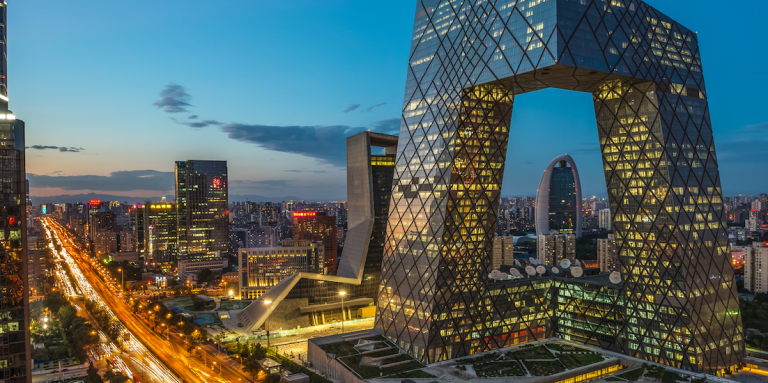
Ancient traditions blend seamlessly with modern innovations in China’s dynamic capital city offering travelers unprecedented experiences
New York, N.Y. – In the heart of China’s sprawling capital, where centuries-old hutongs or traditional alleyways wind between gleaming skyscrapers, Beijing stands as a testament to the nation’s remarkable ability to honor its past while embracing its future.
This city of 21 million inhabitants–more than double the size of New York City–offers travelers an extraordinary journey through time, where imperial palaces share skylines with cutting-edge architecture, and traditional tea ceremonies unfold steps away from innovative technology hubs.
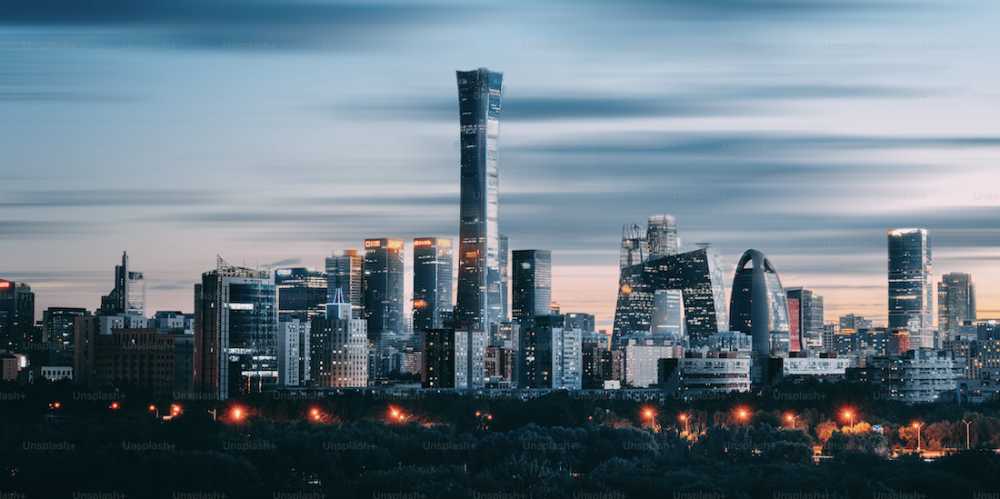
The Forbidden City: Portal to Imperial Grandeur
The Forbidden City, now known as the Palace Museum, remains Beijing’s crown jewel and the world’s largest palace complex. This UNESCO World Heritage Site encompasses 980 buildings spread across 180 acres, each structure telling stories of China’s Ming and Qing dynasties. Recent restoration efforts have breathed new life into these ancient halls, with advanced conservation techniques preserving intricate details while making them accessible to modern visitors.
Walking through the Gate of Heavenly Peace, travelers enter a realm where every courtyard, every carved dragon, and every vermilion pillar speaks to China’s imperial heritage. The Hall of Supreme Harmony, where emperors once held court, now serves as a window into the complex rituals and ceremonies that shaped Chinese civilization for over 500 years.
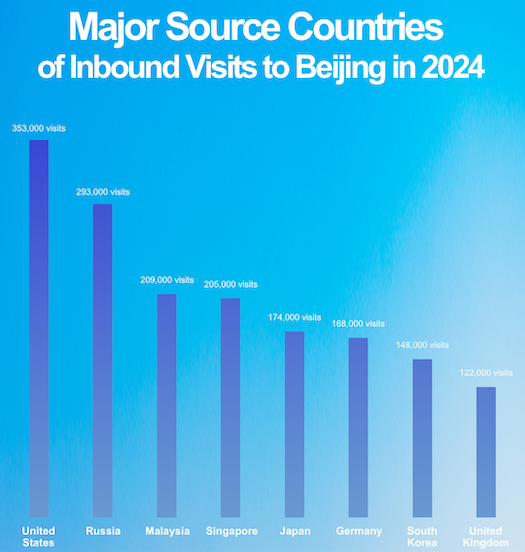
Hutong Culture: Beijing’s Living Heritage
Beyond the palace walls, Beijing’s hutong neighborhoods offer intimate glimpses into traditional Chinese life.
These narrow alleys, some dating back 700 years, form the city’s cultural backbone.
In areas like Nanluoguxiang and Shichahai, traditional courtyard houses have been transformed into boutique hotels, artisan workshops, and family-run restaurants that serve recipes passed down through generations.
Local residents, many of whose families have lived in these neighborhoods for centuries, welcome visitors with stories of old Beijing.
Rickshaw tours through these historic districts reveal hidden temples, traditional markets, and community gardens where elderly residents practice tai chi at dawn.
The contrast between these intimate spaces and the bustling metropolis beyond creates a uniquely Beijing experience.
Culinary Adventures in the Capital
Beijing’s culinary landscape reflects the city’s position as China’s political and cultural center. Peking duck, the city’s signature dish, represents centuries of culinary refinement. At establishments like Quanjude Restaurant, founded in 1864, chefs continue to prepare this delicacy using traditional methods, roasting ducks in wood-fired ovens to achieve the perfect crispy skin.
Street food markets throughout the city offer adventures for every palate. Wangfujing Night Market presents an array of local specialties, from jianbing (savory crepes) to tanghulu (candied fruit skewers). These bustling markets showcase Beijing’s democratic approach to dining, where office workers, students, and visitors gather around small stalls to sample authentic local flavors.
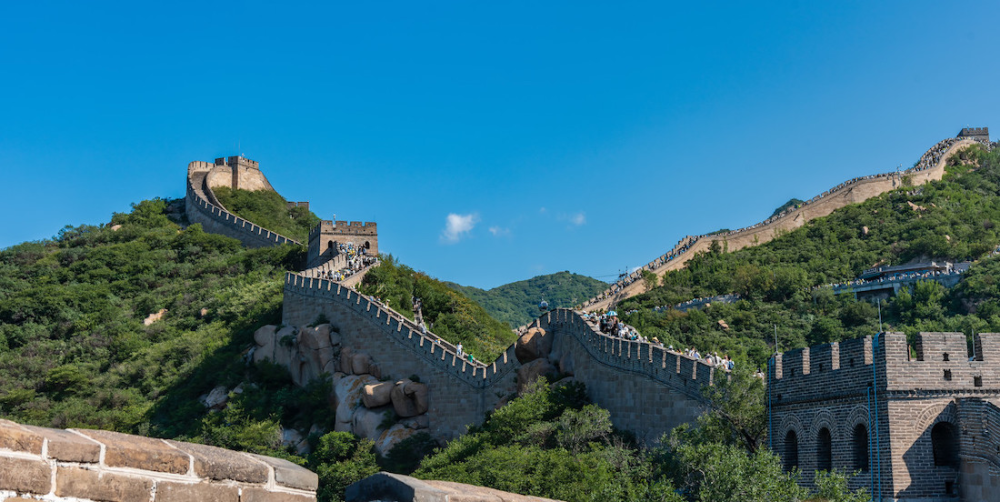
Modern Beijing: Innovation Meets Tradition
The city’s commitment to innovation becomes evident in districts like Zhongguancun, often called China’s Silicon Valley. Here, technology companies occupy spaces that once housed imperial gardens, creating a unique juxtaposition of past and present. The National Stadium, designed for the 2008 Olympics and known as the Bird’s Nest, stands as a symbol of Beijing’s architectural ambition.
Cultural institutions like the National Centre for the Performing Arts, with its striking titanium and glass dome, host both traditional Chinese opera and contemporary international performances. These venues demonstrate Beijing’s role as a cultural bridge between East and West, traditional and modern.
Spiritual Spaces and Sacred Sites
Beijing’s spiritual landscape encompasses numerous temples, each offering unique insights into Chinese religious and philosophical traditions. The Temple of Heaven, where emperors performed annual ceremonies to ensure good harvests, exemplifies the harmony between architecture and nature that characterizes Chinese design principles.
Lama Temple, one of the largest Tibetan Buddhist temples outside Tibet, provides visitors with opportunities to witness active religious practices. The scent of incense, the sound of prayer wheels, and the sight of devotees in meditation create an atmosphere of profound tranquility amid the urban environment. We won’t touch on the politics here…
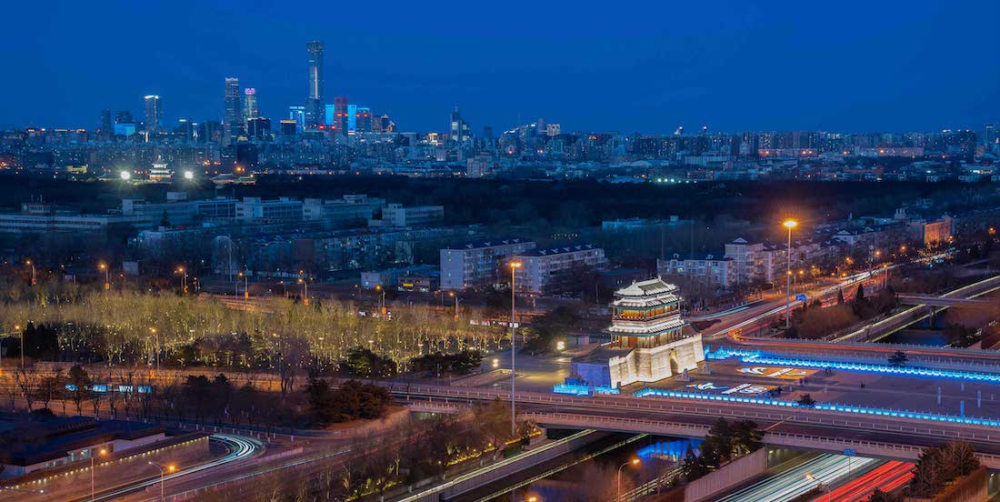
Sustainable Tourism Initiatives
Beijing’s tourism industry has embraced sustainable practices, recognizing the importance of preserving cultural heritage while accommodating millions of annual visitors. The city has implemented advanced crowd management systems at major attractions, ensuring that tourism growth doesn’t compromise the integrity of historic sites.
Public transportation improvements, including expanded subway lines and electric bus fleets, make it easier for visitors to explore the city while reducing environmental impact. Many hotels have adopted green practices, from energy-efficient systems to locally sourced dining options that support regional agriculture.
The future of Beijing tourism looks toward continued innovation in sustainable travel experiences. Virtual reality tours of restricted palace areas, mobile apps that provide real-time cultural context, and community-based tourism initiatives that directly benefit local residents represent the next chapter in Beijing’s evolution as a world-class destination.
For travelers seeking authentic cultural immersion, Beijing offers an unparalleled opportunity to experience China’s rich heritage while witnessing its dynamic transformation. Whether exploring ancient temples at sunrise, savoring traditional cuisine in historic neighborhoods, or marveling at contemporary architecture, visitors discover a city that honors its past while confidently embracing its future.
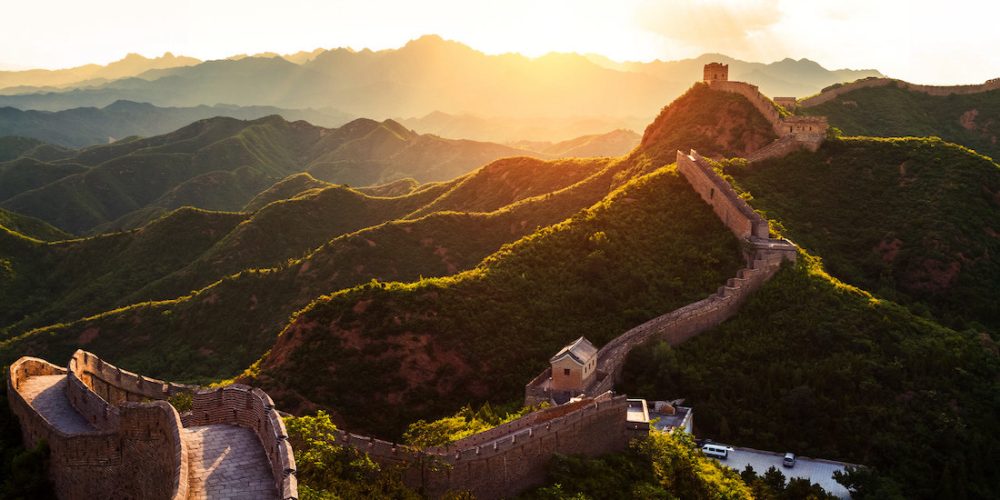
Summary
Beijing stands as China’s cultural heart, where imperial palaces and modern architecture create unique travel experiences. The Forbidden City showcases dynastic heritage through 980 preserved buildings and courtyards. Traditional hutong neighborhoods offer intimate glimpses into local life through narrow alleys and courtyard houses. Culinary adventures include famous Peking duck at historic restaurants and diverse street food markets. Modern districts blend innovation with tradition, featuring technology centers and contemporary cultural venues. Sacred temples provide spiritual experiences while sustainable tourism initiatives protect heritage sites for future generations.